Last updated on June 27th, 2025 at 09:23 pm
Explore SEO Beginner's Guide & Tips for 2025
It’s no surprise that you’re one of the many people who randomly search for “SEO” on Google.
If you’ve landed on this page, then you can learn some extraordinary techniques and characteristics of SEO and understand what it is.
What is SEO?
In other words, Search engine optimization (SEO) is the technique of optimizing your website for search engines to climb the ladder of SERPs for a specific keywords.
Still, confused? Then alright, let me make you understand it even further:
If you want your website to appear on a particular search engine’s non-paid listings, you need to take steps towards SEO.
It’s the key to success that starts with your business and ends with your customers.
Before 2010, SEO used to be about inserting keywords, keywords and keywords to rank on the first page of search engines.
But nowadays, it’s not that easy because major search engines like Google, Bing, and Yandex have become smarter over time.
So, in the following section, we’ll discuss essential SEO tips and strategies step by step.
Types of SEO
White Hat SEO
It involves following search engines’ guidelines and using ethical techniques to improve a website’s ranking.
If you fail to follow the rules and instructions provided by the search engines, your website could face penalties.
However, the types of SEO don’t end here. There are several sub-types of white hat SEO, including;
- SEO Onpage (Technical SEO)
- Offpage SEO
- Local SEO
- App Store Optimization
- YouTube SEO
Learn SEO Onpage (Technical)
Keyword Research
What is Keyword Research: It is the process by which you can research popular search terms that people type into search engines like Google.
It is the very first factor to consider in this SEO Beginner’s Guide.
You should include them strategically in your content through which your content will get appear higher on a search engine results page (SERP).
How to Do Keyword Research: Well, there are lots of SEO tools to do keyword research. But very first let me acknowledge you the top-secret of executing the keyword research without any tool. See below;
Suppose if, you’re running an SEO agency which is located in Los Angeles;
Then, the above ideal formula will generate a key-phrase, where service is indicating the SEO agency and location is Los Angeles.
So accordingly, your ideal keyword will be the “SEO Agency in Los Angeles”. This can be applicable with 90% cases and the rest one can be covered by the below tool.
Keyword Research via Google Keyword Planner Tool:
Simply visit Google dot Com and search for “Google Keyword Planner” in Google’s search bar. Then visit this https://ads.google.com/home/tools/keyword-planner/ and login with your Gmail ID.
After that, put some details which Google asks, then you can access the keyword planner tool provided by Google.
Rules to Follow for Keyword Research in Keyword Planner Tool:
Domain Research
What is Domain Research: A domain name is like the physical address of your website. It helps people to find you on the World Wide Web.
The domain names hide the technical IP address of websites that most viewers aren’t interested in.
How to Do Domain Research: Simply choose your domain which clearly indicates the nature of your business and compatible from the SEO point of view.
The above green check example is the best type of domain selection for any business.
Competitor Research
What is Competitor Research: It is the key to jumping over your competition to reach your common customer.
A competitive analysis is a critical part of your company’s marketing plan.
How to Do Competitor Research: Simplest way, just search for your root keyword in Google search bar and pick the top 3 to 5 websites coming on the 1st page of search engine.
And, start analyzing what they are doing in SEO.
Server Hosting Research
What is Server Hosting: Hosting a website means making sure that your website can be accessed on the World Wide Web (WWW).
Although, using a service provider is the simplest and easiest way of hosting a website.
How to Do Hosting Research: Finding the best server hosting provider is not an easy task, as you will find all saying that they provide the best server.
Although, the easiest way to have a server hosting is to do it Google or else you can take the guidance of some experienced experts as well.
URL Mapping & Re-Writing
What is URL Mapping: It is the process to determine which page of a website should contain targeted keywords to maximize the optimization of the whole website or webpage.
How to Do URL Mapping: Google says one keyword should be targeted with one page, and then that particular same keyword should not be targeted on another page of your website.
Similarly, the reason behind this is: Google will get confused to provide you SERP rankings if you’ll target the same keyword with two pages of your website.
Have a look on below image to understand it further;
What is URL Rewriting in SEO: It is a Technical SEO factor where you should make your URLs readable, informative, search engine friendly and user-friendly.
Meta Tags Optimization
What are Meta Tags: These are the information that a webmaster includes in the head portion of the code (HTML) of a website.
Types of Meta Tags: Well there are lots of meta tags in SEO, but here we are going to discuss below majorly used ones.
Title Tag – It should be of 60 characters with space, although it’s your choice to increase it more than this ideal length.
The main factor is to include your targeted keyword with the brand name to get your SEO title ready.
Description Tag – This 2nd main tag should be of 150-160 characters with space, more than the recommended length will be a zero count in search engines results pages.
The below image can describe it further;
Schema Markup for SEO Beginners
What is Schema Markup: Schema markup is a code (semantic vocabulary) that plays an important role in search engine optimization.
Adding the schema markup can make your site display in richer, more interesting-looking ways in search results.
Because, search engines understand them better and return more informative results in SERPs for the users.
Studies show that websites with schema markup rank four positions higher than those websites which are without schema markup.
How to Setup Schema Markup: The process is pretty simple. Higher rankings can be avail by having schema markup code with the below steps;
- Firstly, you have to go to Google’s Structured Data Markup Helper
- Secondly, select the type of listing you want to add schema markup to. Then, copy and paste the URL in the form field.
- Third step is to add schema markup data on the right pane by filling all the information you want to show up.
- Hit the “Create HTML” button.
- Then, Copy and paste the highlighted code. That is your schema markup code. Alternatively, you can also hit the “Download” button to grab the code.
- And in the last, paste that code into your content management system.
Content Optimization
How to Do Content Optimization: Using bold, italic and interlinking in your content indicates the proper optimization for improving the ranking of your website in SERP (search engine result page).
Although, content optimization is also a process of improving the quality of content and adding SEO factors in it.
User Search Intent
There are four types of search intent; Informational Intent, Navigational Intent, Transactional Intent, and Commercial Intent.
Keyword Density, Proximity & Prominence
Proximity – Refers to the distance between the search terms in the individual keywords.
Prominence – Shows how early your keyword is being used, like how prominent your keywords are within the key elements of your web pages.
Specifically, how close it is to the beginning of the title tag, heading tags (H1, H2, H3, etc) & Meta Description, your keyword is placed.
Heading Tags Optimization
One page there should be only one H1 tag. If you do have more headings on your page then you should use them as H2, H3, H4, H5 & H6 heading tags.
Alt Tag Optimization (Image SEO)
An image alt tag used to help the search engines to understand what the images are about and similarly, your images can appear in the image section of SERPs.
Robots.txt - #1 to Consider in SEO Beginner's Guide
Why to Use It: Robots.txt file is used to instruct search engine spiders about the crawling process within the website, in which you can set which page is to be crawl or not.
XML & HTML Sitemaps Creation
Similarly, all URLs easily accessible from a single place, it used to provide information such as the URL of pages, posts, category, etc.
HTML sitemaps are created and published to help the user to find appropriate pages of a website.
Implement Nofollow Attribute
Moz Pro is one the best chrome extensions for SEO marketers to examine the external and nofollow links within a web-page.
Speed Optimizations
This can be done by the web developer as it is the most technical one to execute. You can also perform the same task if you’re aware of it.
Maintaining the website page speed does matter to retain more users on your website to any page on your website.
Through this SEO beginner’s guide, I suggest you that GTmetrix, Google Page Speed & many more tools can be used for website’s overall speed optimization.
Google Core Web Vitals: #1 SEO Ranking Factor
These ranking factors are designed to measure how users experience the speed, responsiveness, and visual stability.
As the Google rank will be depending on Core Vitals, this is also Google’s newest update for SEO practitioners.
It has classified certain metrics, now recognized web vitals, which determine the quality of user experience for a webpage within the website or blog.
If you have a website and want to get visitors, signups, as well as sales from it, then you should care about Google’s latest guidelines.
Google has already released in its recent update that Core Web Vitals will become the ranking signals in June 2021 consolidating UX-related signals.
Originally, Core Web Vitals are a set of specific factors that Google considers important in a website’s overall user experience.
Google Core Web Vitals are made up of three specific page speed & user interaction measures: largest contentful paint, first input delay, & cumulative layout shift.
Therefore, the overall ‘user experience’ signal together with core web vitals will be very valuable for rankings in SERPs.
AMP Optimization
Most of the people are online using their smartphones.
As such, it advised you to optimize your website for mobile traffic. AMP is the best way to improve the mobile user experience.
Also, AMP pages always get priority over non-AMP pages with mobile searches. The goal of AMP is to load websites even faster.
If your website is not fully loaded within 3 seconds then 40% of your traffic is lost – people don’t want to wait too long.
Similarly, if website contains a lot of interactive elements then an AMP-version is advised. It will make your pages load extremely fast, which will improve the user experience.
You do not need to change your entire website it is enough to make an AMP-version of specific pages.
How Does AMP Works: Accelerated Mobile Pages uses AMP HTML, an open-source framework that is designed by Google.
It contains HTML-components that are best for mobile display.
And it used to remove all factors that decrease the speed of your page, like forms, JavaScript, iframes, advertisements, and so on.
AMP pages are cached to increase page speed.
Page content, like images and videos, is not fully loaded when you open the page, they will load when you have reached the image or video itself.
If you are using WordPress site, then Accelerated Mobile Pages (AMP for WP) plugin is better to use.
Google Analytics Setup
What is Google Analytics: It is a tracking tool that measures qualitative and quantitative data for your website traffic.
How to Setup Google Analytics: The best way to set up Google Analytics to your website is to sign up on the Google analytics website and get the tracking code from it.
By having the tracking code in a javascript code form, you have to copy and paste that code in the head section just before closing the head tag.
Webmaster Setup (Google, Bing, Yandex)
It helps webmasters to check the indexing status and optimize visibility of the websites. Through this, you can get to know and resolve any technical errors on your website.
Bing & Yandex Webmaster Tools also offers almost all the same functionality as Google Search Console.
Apart from this beginner’s guide to SEO, I’ve written a detailed article on Google search console. Have a look and understand it even further in detail.
Beginner's Guide to Off Page SEO
In other words, SEO off-page is similar to the word “off-site SEO” which clearly tells about those techniques executed outside of your targeted website to enhance your rankings in SERPs.
Search Engine Submissions
Because Search Engine Submission is the indexing method which can be alternatively done via Google Search Console (Google Webmaster Tool) for your website.
Directory Submissions (Free / Regional / Niche)
There are also some paid options available in directory sites, but the major thing is that the use of these directory submission sites should be very perfect.
“The Very Perfect” here indicates that the site should be of the top-level domain, age should be at least 2 years or older, not be hosted on C-class IP, and always use relevant directory sites.
Content Submissions
Then, you have to get published your content in some Article sites, Press Release sites, Web 2.0 sites, and Classified ad posting sites.
Moreover, you can submit your content in the form of PDF, infographic, image, and many more.
Approved Content Sharing (Social Network)
Moreover, you can bookmark any of your favourite web-page into the most popular social bookmarking sites including articles, blog posts, images, and videos.
Use of Sentiment Analysis in SEO
The most common usage of sentiment analysis in SEO is to determine the sentiment of the reviews which are also known as opinion mining or emotion AI.
How is Sentiment Analysis Done: Sentiment analysis mainly follows keywords that represent positive and negative polarity. There are mainly three approaches in same;
Sentiment Analysis Approaches to Boost SEO
- Lexicon Based – Considers lexicon dictionary for identifying the polarity of the text.
- Machine Learning-Based – Needs to develop a classification model, which is trained by using the pre-labeled data set of positive, negative, or neutral content.
- Combined Approach – It uses a lexicon dictionary along with pre-labeled data set for developing a classification model.
The rise of sentiment analysis has become the necessary SEO practice just because of booming social media.
It can be done through evaluating online recommendations and reviews but further twist, is the rise of anonymous social media platforms. So be careful while analyzing it.
Best Technique to Understand Sentiment Analysis – Find all positive words in the text and increment the positive count for each positive word.
Similarly, find all negative words in the text and increment the negative count for each word. In the end, whichever count is greater, you can analyze the text is polarized to that sentiment.
Use of Social Signals
What are Social Signals: Social Signals are the measure of all the social media activities such as like, share, comment, votes, pins, and other engagement.
All the major search engines take these social signals into consideration. Also, these activities help to increase the search engine ranking of a particular website.
The types of Social Signals from social media platform:
- Votes: Facebook Likes, Instagram Likes, LinkedIn Votes, and more.
- Posts: Facebook Post, Tweets, Instagram Post, WordPress, etc.
- Shares: Retweets, Facebook shares, and more.
- Bookmarking: Social bookmarking on sites like Reddit, Diigo, and more.
- Comments: Comment on all social media posts.
How to increase social signals?
- Create compelling bios
- Produce a great content marketing strategy
- Post contents regularly
- Get personal with your followers
- Ask influencers to put your brands name out there
- Hold contests and offer giveaways
All in all, the power of social media in today’s digital world cannot be overestimated especially for your brands and businesses.
So, improving your social media presence can considerably affect your brand’s visibility and popularity and so impel your website to a higher position in SERP.
Beginner's Guide to Local SEO
So, through Local SEO, you can increase local search visibility for your business that comes with the physical locations, like a mobile store or an agency’s office.
Google Local Listing Creation / Optimization
You have to fill all the information related to your business and also it’s very important to increase your business reviews on Google.
Local Business Citation / Listing
This SEO technique helps to enhance your SERPs and whenever anyone searches your business in search engine result page, the details of your business come up automatically.
App Store Optimization (ASO)
The higher your app ranks in an app store’s search results, makes your app more visible to potential customers.
It serves to increase traffic to an app listing and improve the app’s conversion rate to generate organic app downloads.
How to Optimize a Mobile App: You need to consider various aspects on The App Store like;
- Find the relevant keywords related to your app.
- Put those keywords into the app title and app description.
- Keep the keywords short, separate with “,” (up to 100 chars.)
- Use an app description of 50 characters with space.
- Make sure that you use 1 targeted keyword in the description.
- Ensure that the app title that you are defining is unique.
- Use the app screenshots that describe those best about your app.
- Some keywords research tools can be useful.
- Keep a track of keywords ranking.
- Ask your app users for reviews & ratings.
YouTube SEO
What is YouTube SEO: YouTube is the second most visited search engine in the world, after Google, Unfortunately, a lot of digital marketers still treat it like any other social media site.
But success on YouTube isn’t only about uploading video, it’s about optimizing your video with content – just like your website.
How to Use YouTube SEO: The steps you need to take to optimize your YouTube videos for search;
- Rename your video file using a target keyword.
- Insert your keyword naturally in the video title.
- Optimize your video description.
- Tag your video with popular keywords that relate to your topic.
- Categorize your uploaded video.
- Upload a custom thumbnail image for your video’s result link.
- Use a SRT file to add subtitles & closed captions.
- Add Cards & End Screens to increase your YouTube channel’s viewership.
- Create playlists as per your suitability.
- In last, use these video submission sites for the perfect YouTube SEO.
Grey Hat SEO
Similarly, negative SEO is a common technique that can be used in both white hat and black hat SEO to get other websites penalized by Google.
SEO squatting, using spun content, buying links, and domain grabbing are some of the practices associated with grey hat SEO.
Black Hat SEO
These techniques are disapproved practices that increase page rankings in a SERP by going against that search engine’s terms of service.
Cloaking, doorway pages, hidden text, link farms, sneaky redirects are some of the practices of black hat SEO.
We at The Web Hospitality, clearly don’t suggest to follow Black Hat SEO.
Core of SEO Beginner's Guide: Google E-E-A-T Score
But, I am narrating it here at the end of this guide, just because to make you understand it easily.
What is Google E-E-A-T Score: It is something that matters more while looking into the score of a website in total. It also affects the ranking of the website overall.
Earlier (before 2022) it was Google EAT;
E-A-T according to Google stands for Expertise, Authoritativeness, and Trustworthiness.
Now, it is Google EEAT;
E-E-A-T where Google added an extra E which stands for Experience.
Experience – In this context, “Experience” refers to the degree of expertise and knowledge that a website or content creator has in their particular field or industry.
Expertise – Expertise appears through the substance on your site.
The way you write and present your content affects your ranking and position in SERP results. Write relevant, informative, and good quality content for your users and share it on different platforms.
Authoritative – It refers to the accuracy and reliability of the sources. It can be obtained by getting backlinks from high-quality websites, positive and genuine reviews, and much more.
Trustworthiness – Google evaluates trustworthiness by checking the number of quality backlinks and the content you are sharing.
Building your brand visibility leads to the trustworthiness of the website.
Now, Google has added an extra E which stands for Experience to give the proper compatibility with AI and NLP system.
How Can You Improve Your Google E-E-A-T Score?
- Add author byline to all blog posts.
- Make your contact info easy to find.
- Cut or edit low E-A-T content.
- Invest time in personal branding.
- Add more quality back-links.
- Secure your site with HTTPS.
- Increase positive reviews.
- Create a positive brand reputation.
Conclusion: SEO Beginner’s Guide
It doesn’t matter when you started in SEO, it only matters how perfectly you executed.
I am pretty sure, that after reading this guide, you can climb the ladder of SERPs through these tips and strategies towards Search Engine Optimization.
And, if you still need an SEO marketing specialist to enhance your website’s organic presence, then I’m just one click away.


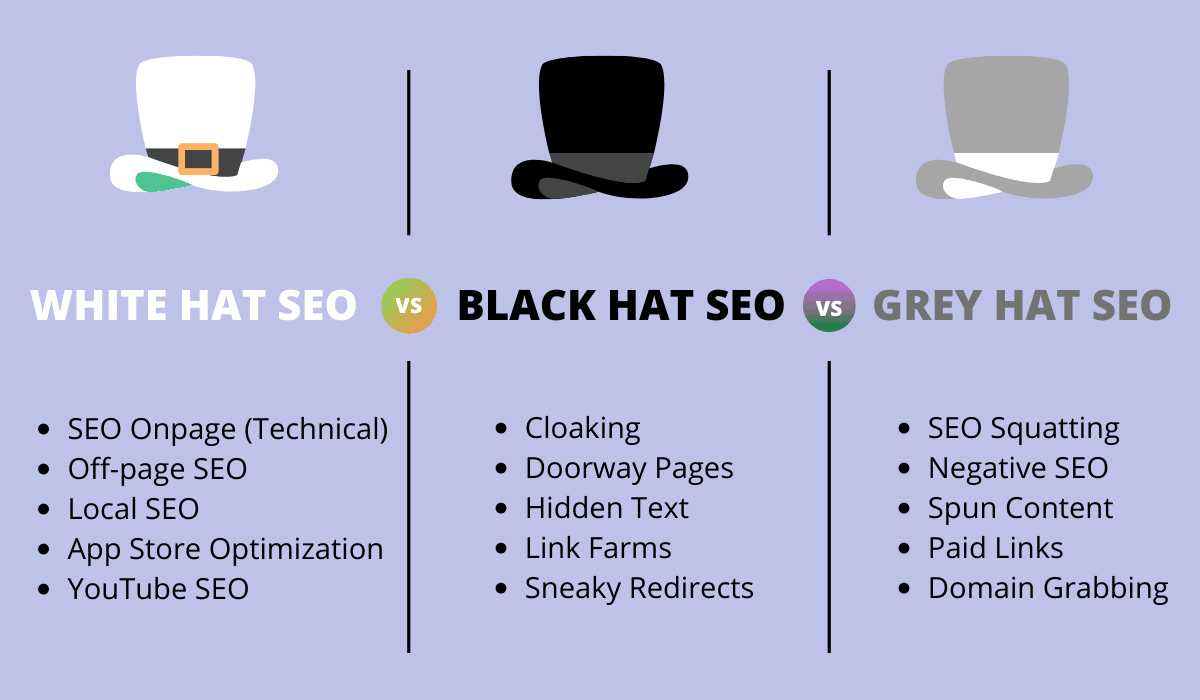

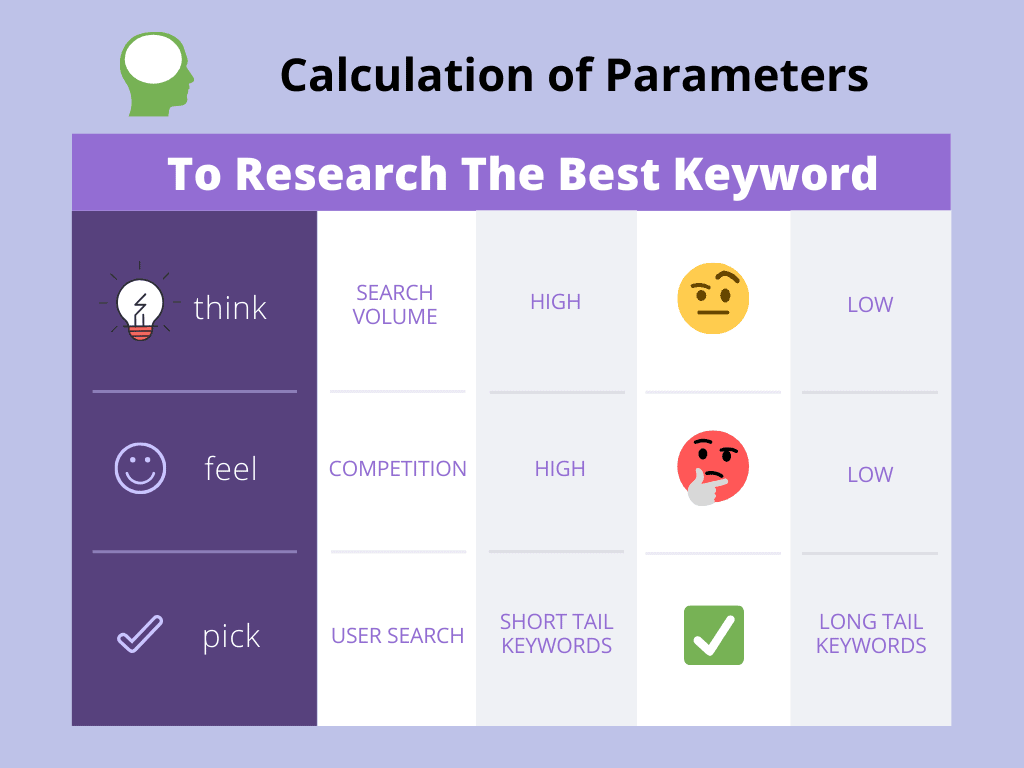


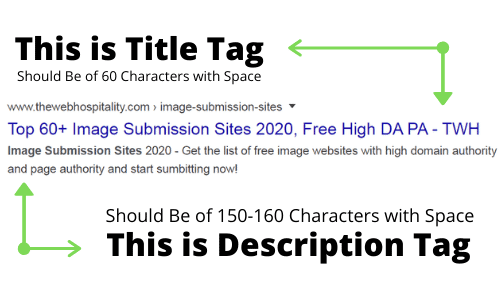
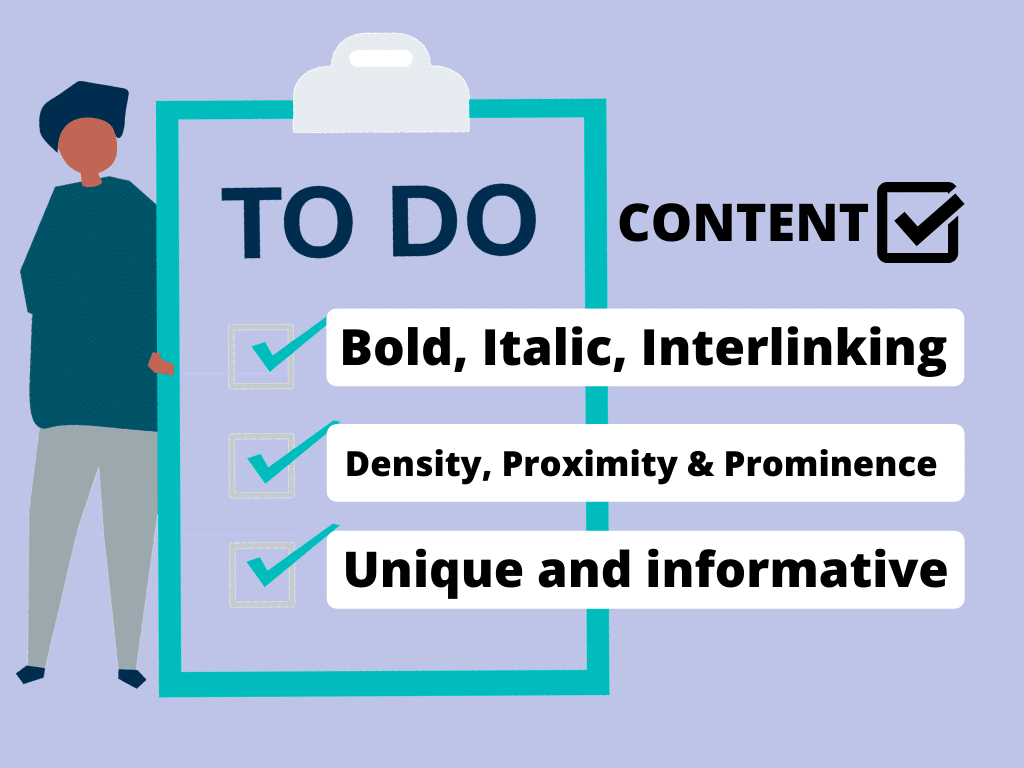

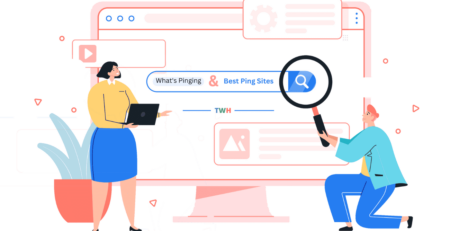

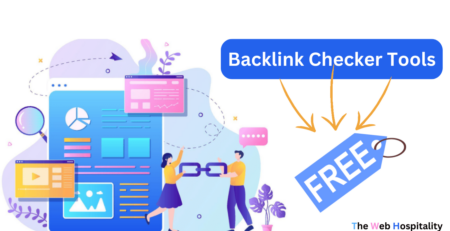



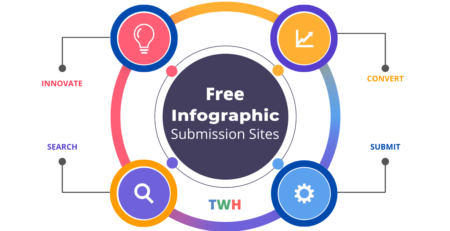

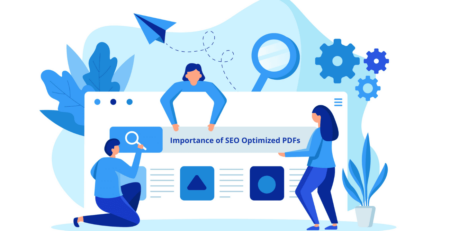

Comments (2)
I just came across your website and read this article SEO beginner guide 2023. You have done amazing job and I believe it is so useful that I have shared it with my friends, colleagues who have no idea about it before, SEO Beginners Guide 2023 is a great article for your this article . This article gives us detailed information about SEO. By reading which any SEO can easily learn. Thanks for writing this valuable article.
Thanks, Rekha, and we hope you implement this.
Comments are closed.